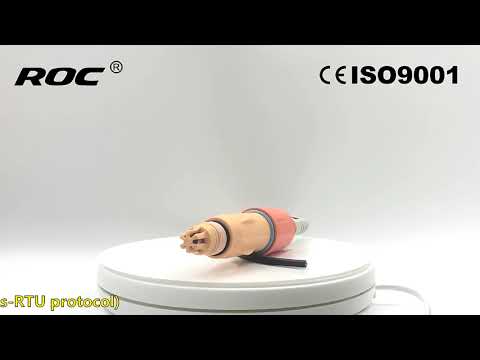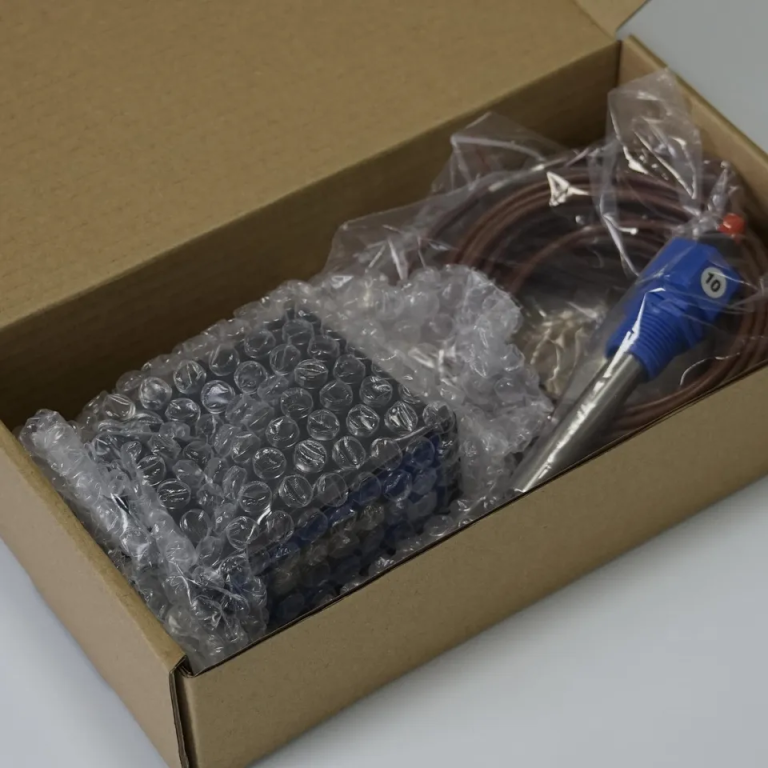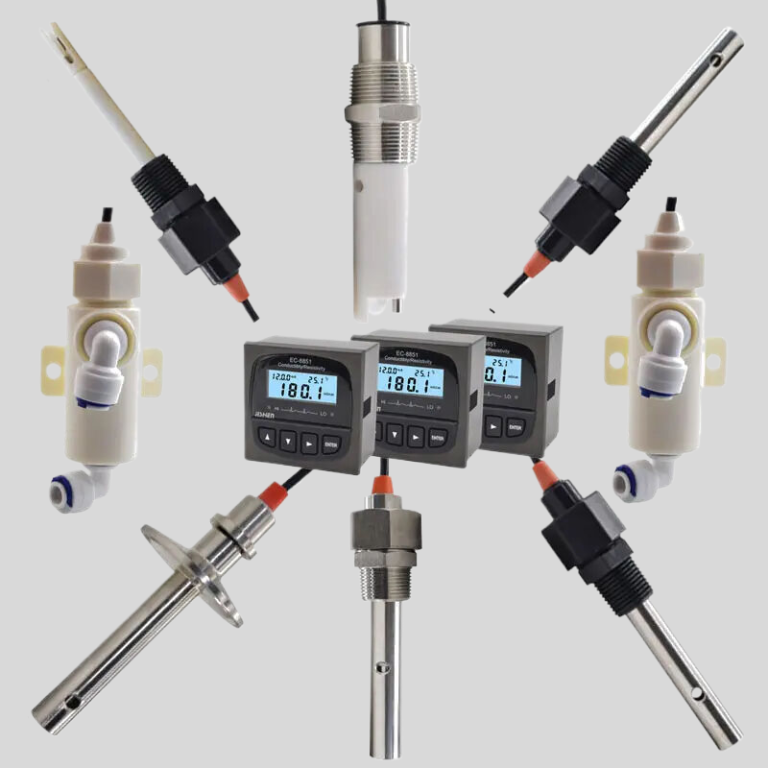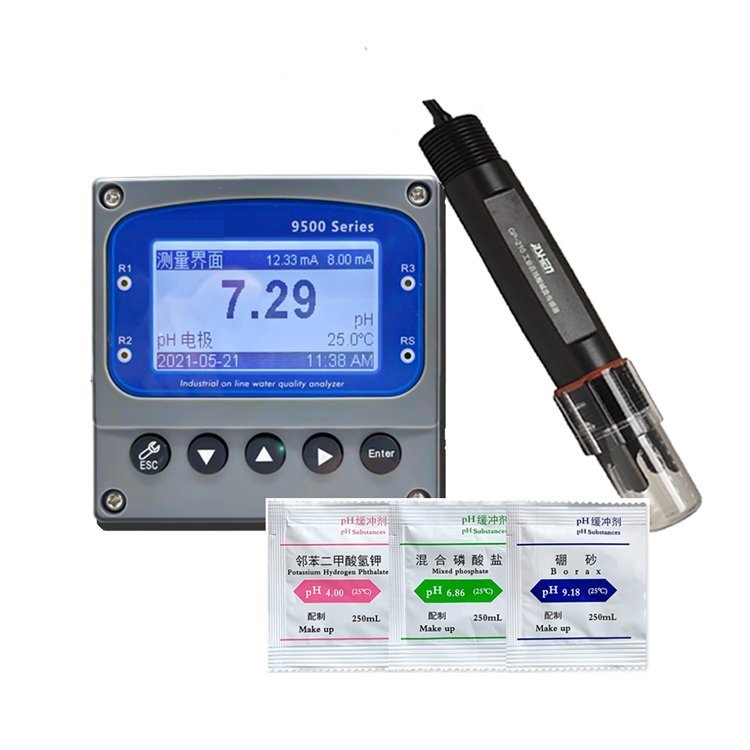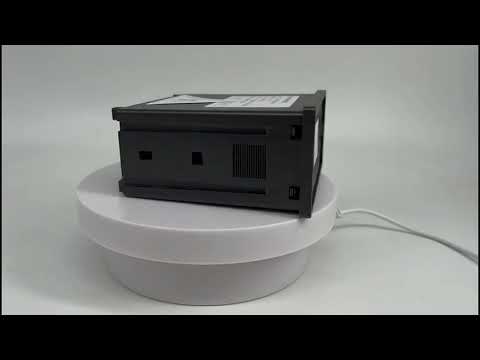Table of Contents
Factors Affecting Turbidimeter Price
Turbidimeters are essential instruments used in various industries to measure the clarity of liquids by detecting the presence of suspended particles. These particles can affect the quality of the liquid and may need to be monitored closely for regulatory compliance or quality control purposes. When considering purchasing a turbidimeter, one of the key factors to take into account is the price. The price of a turbidimeter can vary significantly depending on several factors, which we will explore in this article.

One of the primary factors that can influence the price of a turbidimeter is the type of technology used in the instrument. There are different types of turbidimeters available on the market, each utilizing different technologies to measure turbidity. For example, some turbidimeters use nephelometric technology, which measures the scattered light at a 90-degree angle to the light source. This technology is commonly used in laboratory-grade turbidimeters and tends to be more expensive due to its precision and accuracy.
On the other hand, some turbidimeters use turbidimetric technology, which measures the amount of light absorbed by the suspended particles in the liquid. This technology is often found in portable or field turbidimeters and is generally more affordable compared to nephelometric turbidimeters. The type of technology used in a turbidimeter can significantly impact its price, so it is essential to consider your specific needs and budget when choosing a turbidimeter.
Another factor that can affect the price of a turbidimeter is the range of turbidity levels it can measure. Turbidimeters come in various models with different measurement ranges, from low to high turbidity levels. Turbidimeters with a wider measurement range tend to be more expensive than those with a limited range. If you need to measure a wide range of turbidity levels, you may need to invest in a more expensive turbidimeter with a broader measurement range.
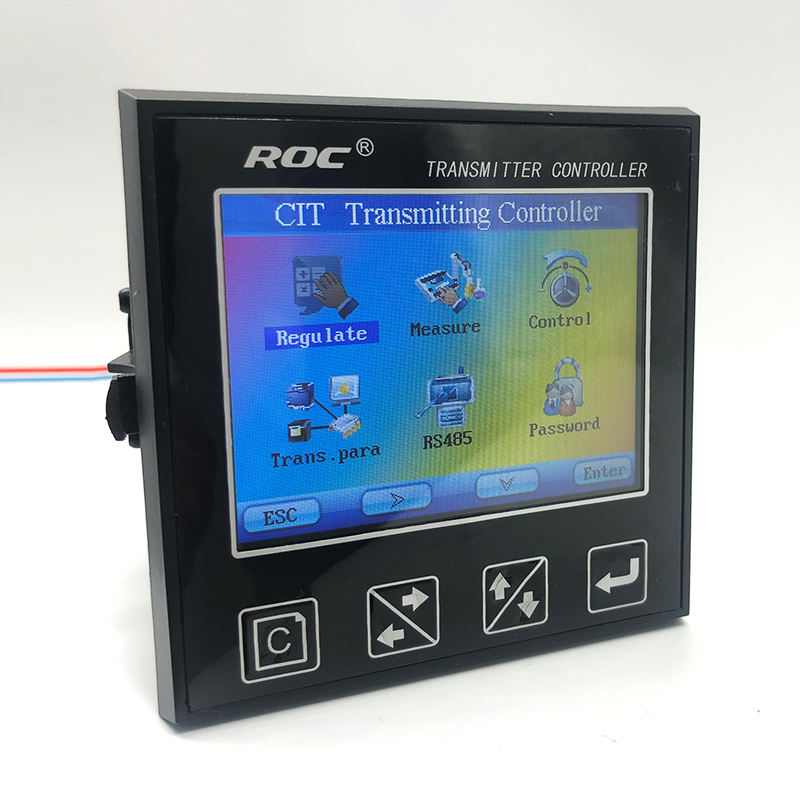
The brand and reputation of the manufacturer can also influence the price of a turbidimeter. Established brands with a reputation for quality and reliability may charge a premium for their products compared to lesser-known brands. While it may be tempting to opt for a cheaper turbidimeter from a lesser-known brand, it is essential to consider the long-term reliability and accuracy of the instrument. Investing in a reputable brand may save you money in the long run by avoiding costly repairs or replacements.
Additionally, the features and capabilities of a turbidimeter can impact its price. Some turbidimeters come with advanced features such as data logging, automatic calibration, and multiple measurement modes, which can increase the price of the instrument. While these features may be beneficial for certain applications, they may not be necessary for all users. It is essential to assess your specific requirements and choose a turbidimeter with features that align with your needs and budget.
In conclusion, several factors can influence the price of a turbidimeter, including the type of technology used, measurement range, brand reputation, and features. When choosing a turbidimeter, it is essential to consider these factors and select an instrument that meets your specific requirements and budget. By carefully evaluating these factors, you can make an informed decision and invest in a turbidimeter that provides accurate and reliable turbidity measurements for your application.
Comparing Turbidimeter Prices from Different Brands
When it comes to measuring the turbidity of water, a turbidimeter is an essential tool. Turbidity is a measure of the cloudiness or haziness of a fluid caused by suspended particles that are invisible to the naked eye. It is an important parameter in water quality monitoring as it can indicate the presence of contaminants or pollutants in the water. Turbidimeters are used in a wide range of applications, including drinking water treatment, wastewater treatment, environmental monitoring, and industrial processes.
There are many different brands of turbidimeters available on the market, each offering a range of features and capabilities. One of the key factors to consider when choosing a turbidimeter is the price. Turbidimeters can vary widely in price, depending on the brand, model, and features. In this article, we will compare turbidimeter prices from different brands to help you make an informed decision when purchasing a turbidimeter.
One of the most well-known brands of turbidimeters is Hach. Hach offers a range of turbidimeters for various applications, from portable handheld devices to benchtop laboratory instruments. The price of Hach turbidimeters can range from a few hundred dollars to several thousand dollars, depending on the model and features. Hach turbidimeters are known for their accuracy and reliability, making them a popular choice among water quality professionals.
| Model | NTU-1800 Online Turbidity Tester |
| Range | 0-10/100/4000NTU or as required |
| Display | LCD |
| Unit | NTU |
| DPI | 0.01 |
| Accuracy | ±5% FS |
| Repeatability | ±1% |
| Power | ≤3W |
| Power Supply | AC 85V-265V±10% 50/60Hz or |
| DC 9~36V/0.5A | |
| Working Environment | Ambient temperature:0~50℃; |
| Relative humidity≤85% | |
| Dimensions | 160*80*135mm(Hanging) or 96*96mm(Embeded) |
| Communication | 4~20mA and RS-485 communication (Modbus RTU) |
| Switched output | Three-way relay,capacity 250VAC/5A |
Another popular brand of turbidimeters is LaMotte. LaMotte offers a range of turbidimeters that are designed for both field and laboratory use. The price of LaMotte turbidimeters is generally lower than Hach turbidimeters, making them a more budget-friendly option for those on a tight budget. Despite their lower price, LaMotte turbidimeters are known for their quality and performance, making them a popular choice among users.
YSI is another brand that offers a range of turbidimeters for water quality monitoring. YSI turbidimeters are known for their durability and reliability, making them a popular choice among field technicians and researchers. The price of YSI turbidimeters is comparable to Hach turbidimeters, with prices ranging from a few hundred dollars to several thousand dollars, depending on the model and features.
In addition to these well-known brands, there are also many other manufacturers that offer turbidimeters at varying price points. Some of these brands may offer lower-priced turbidimeters that are suitable for basic water quality monitoring, while others may offer higher-priced turbidimeters with advanced features and capabilities. When comparing turbidimeter prices from different brands, it is important to consider not only the initial cost of the instrument but also factors such as maintenance and calibration costs, as well as the availability of replacement parts and technical support.
| Model | pH/ORP-3500 pH/orp meter |
| Range | pH:0.00~14.00 ; ORP: (-2000~+2000)mV; Temp.:(0.0~99.9)°C (Temp.Compensation: NTC10K) |
| Resolution | pH:0.01 ; ORP: 1mV; Temp.:0.1°C |
| Accuracy | pH:+/-0.1 ; ORP: +/-5mV(electronic unit); Temp.: +/-0.5°C |
| Temp. compensation | Range: (0~120)°C; element: Pt1000 |
| Buffer Solution | 9.18; 6.86; 4.01; 10.00; 7.00; 4.00 |
| Medium Temp. | (0~50)°C (with 25°C as standard) manual/automatic temp. compensation for selection |
| Analog output | Isolated one Channel(4~20)mA, Instrument/Transmitter for selection |
| Control Output | Double relay output (single contact ON/OFF) |
| Working Environment | Temp.(0~50)℃; relative humidity <95%RH (non-condensing) |
| Storage Environment | Temp.(-20~60)℃;Relative Humidity ≤85%RH (none condensation) |
| Power Supply | DC 24V; AC 110V; AC220V |
| Power consumption | <3W |
| Dimension | 48mmx96mmx80mm(HxWxD) |
| Hole Size | 44mmx92mm(HxW) |
| Installation | Panel mounted, fast installation |
In conclusion, when comparing turbidimeter prices from different brands, it is important to consider factors such as the brand reputation, the features and capabilities of the instrument, and the overall cost of ownership. While price is an important consideration, it should not be the only factor in your decision-making process. By carefully evaluating the options available and choosing a turbidimeter that meets your specific needs and budget, you can ensure that you are making a wise investment in water quality monitoring.

